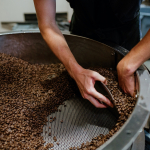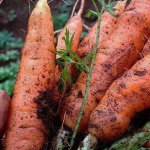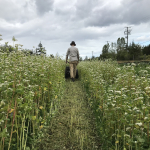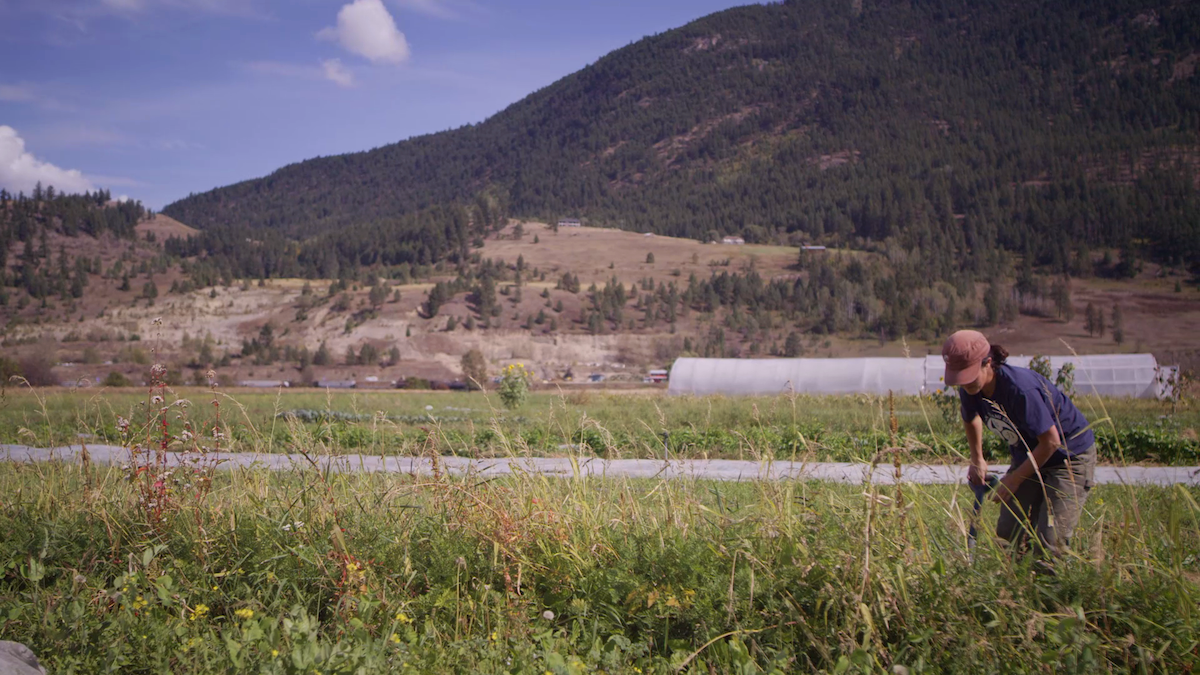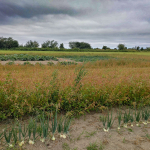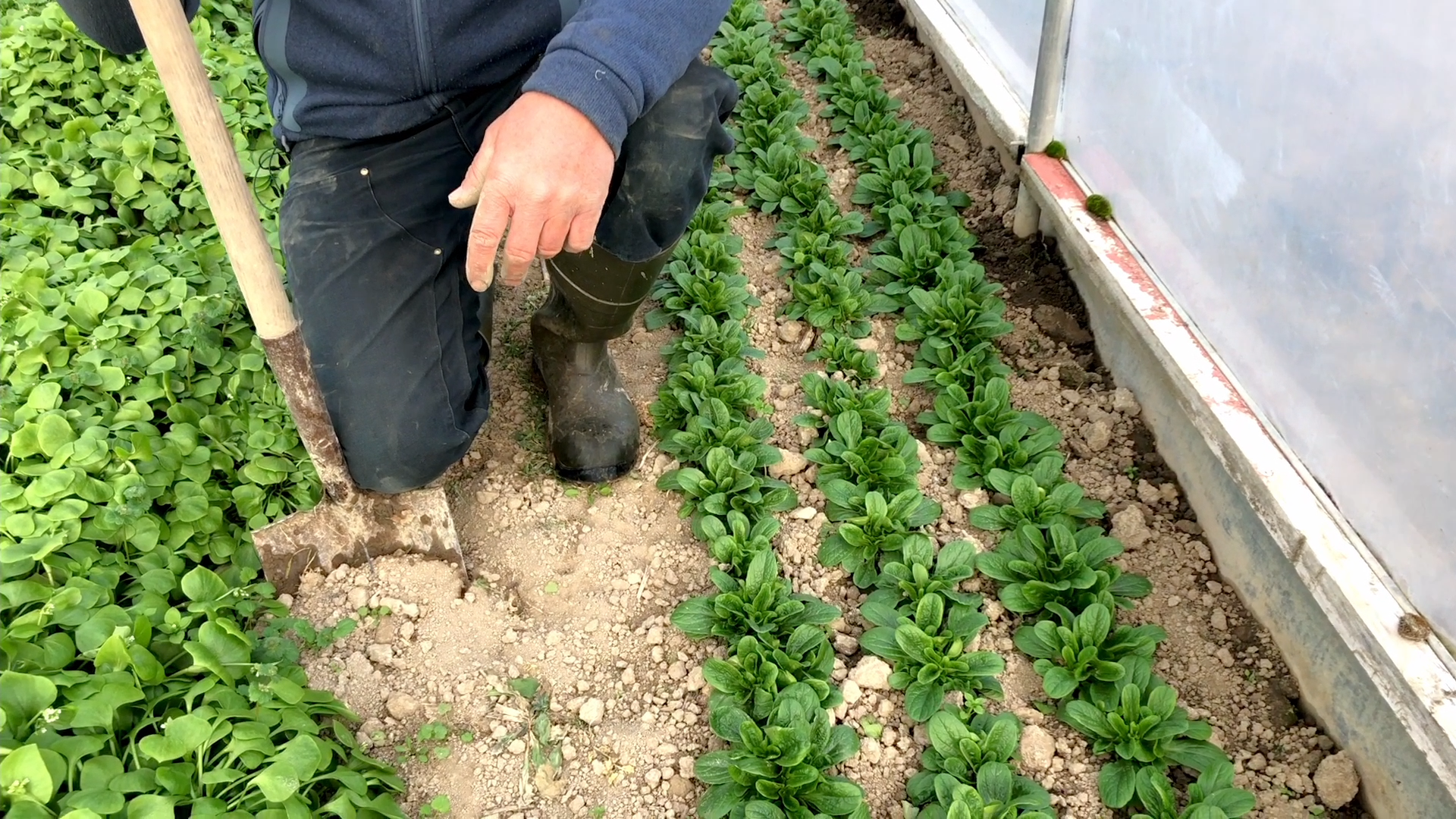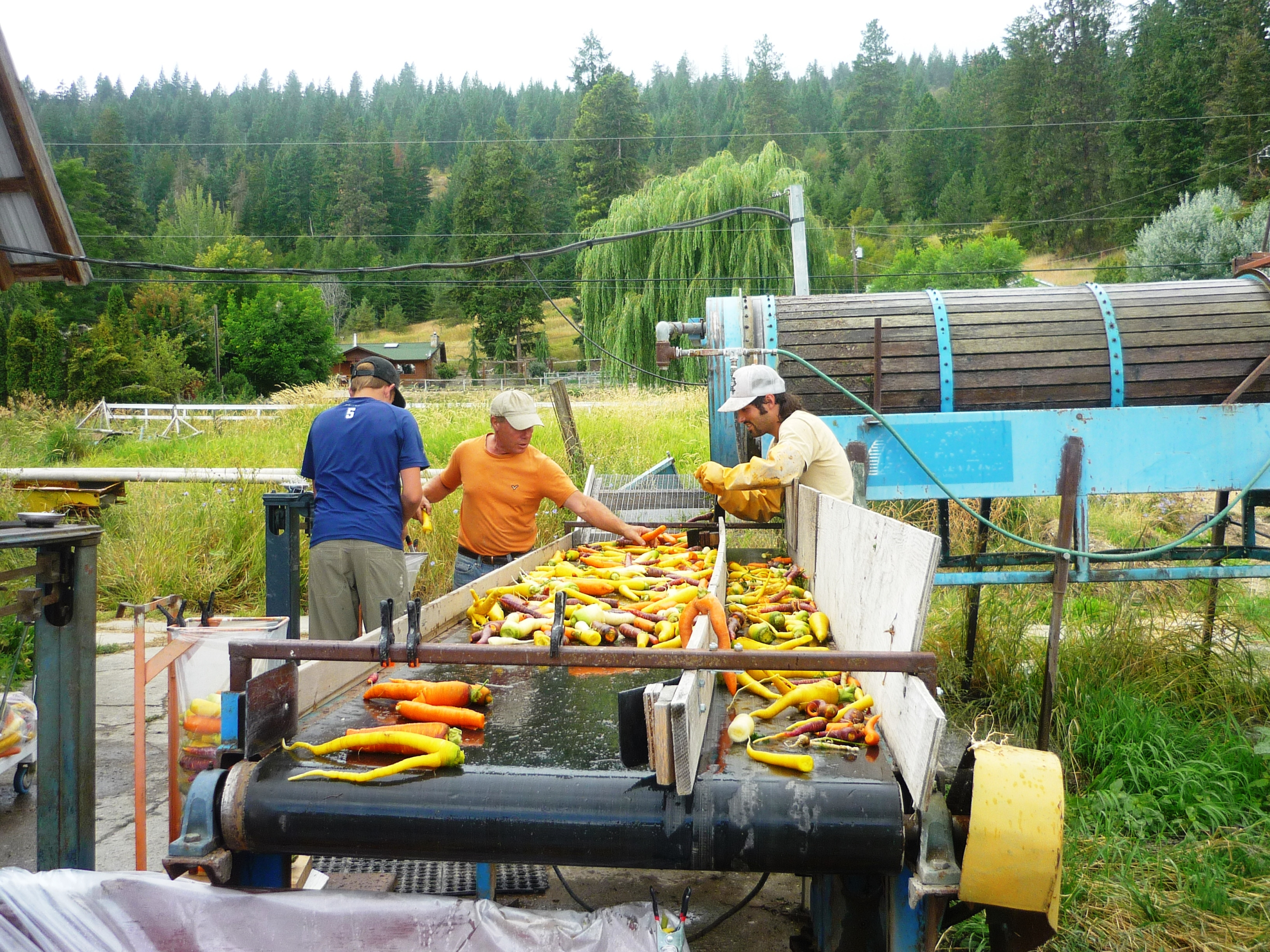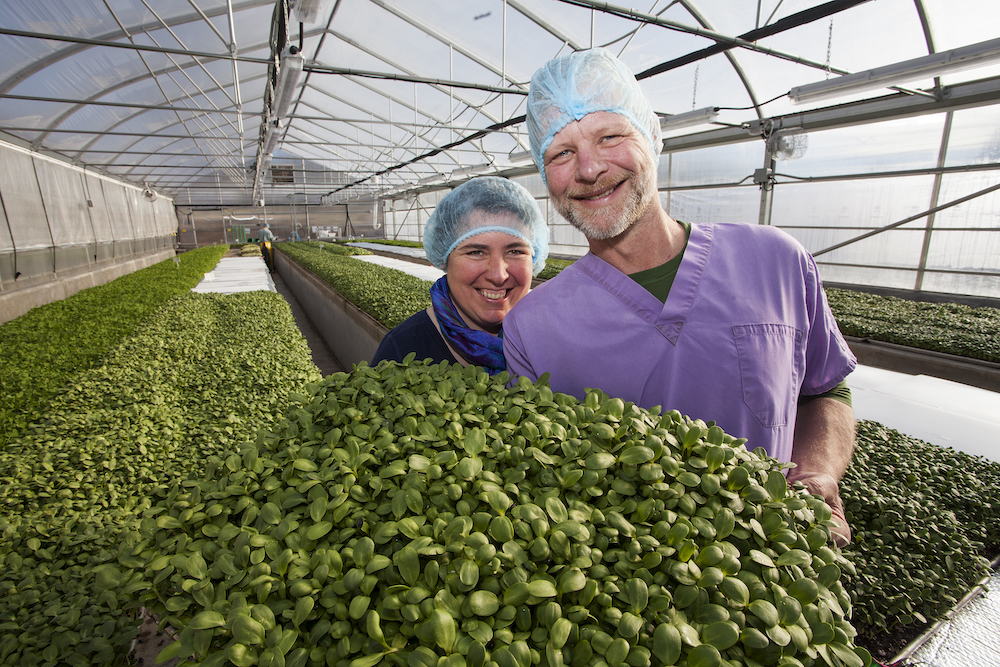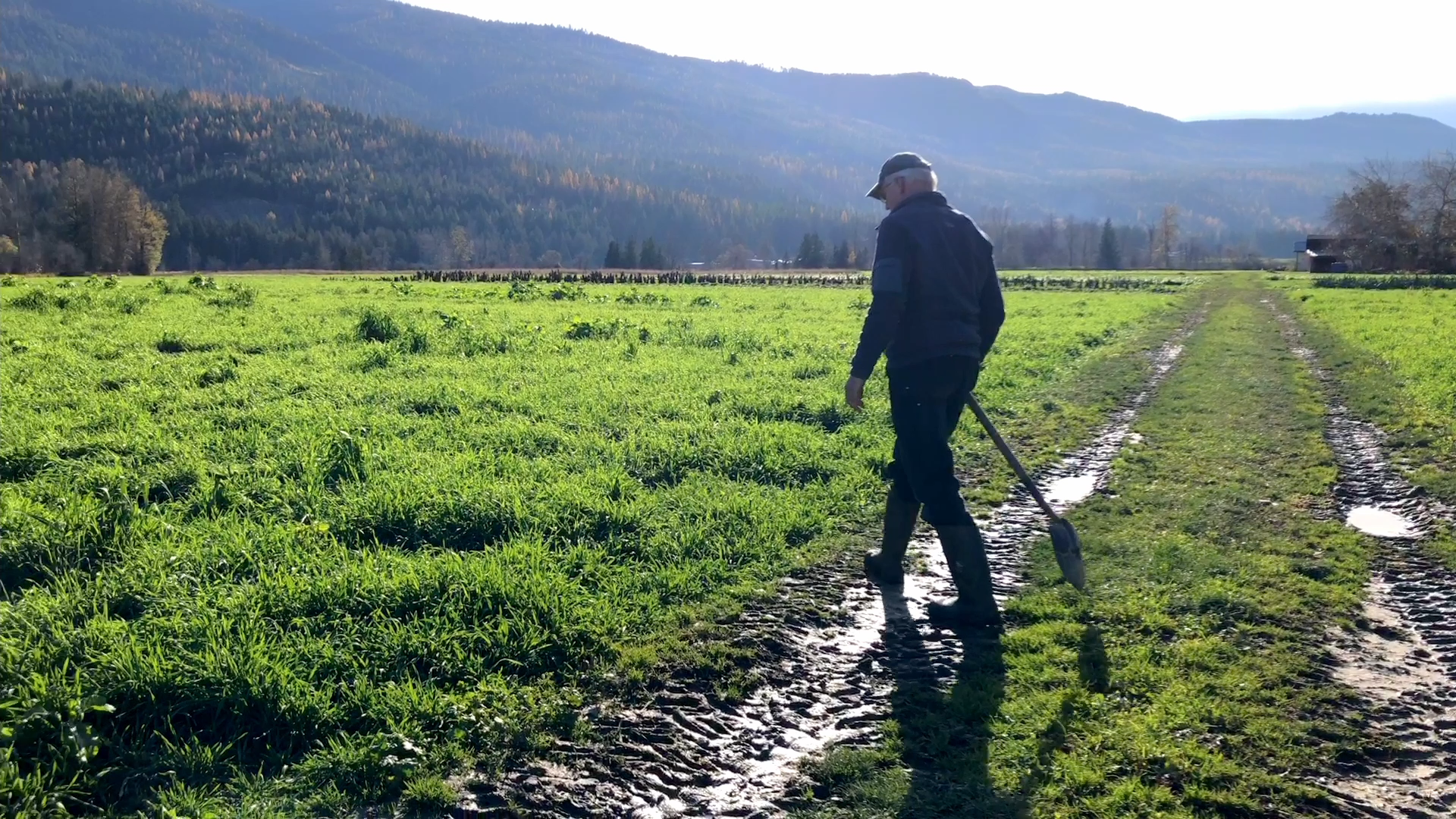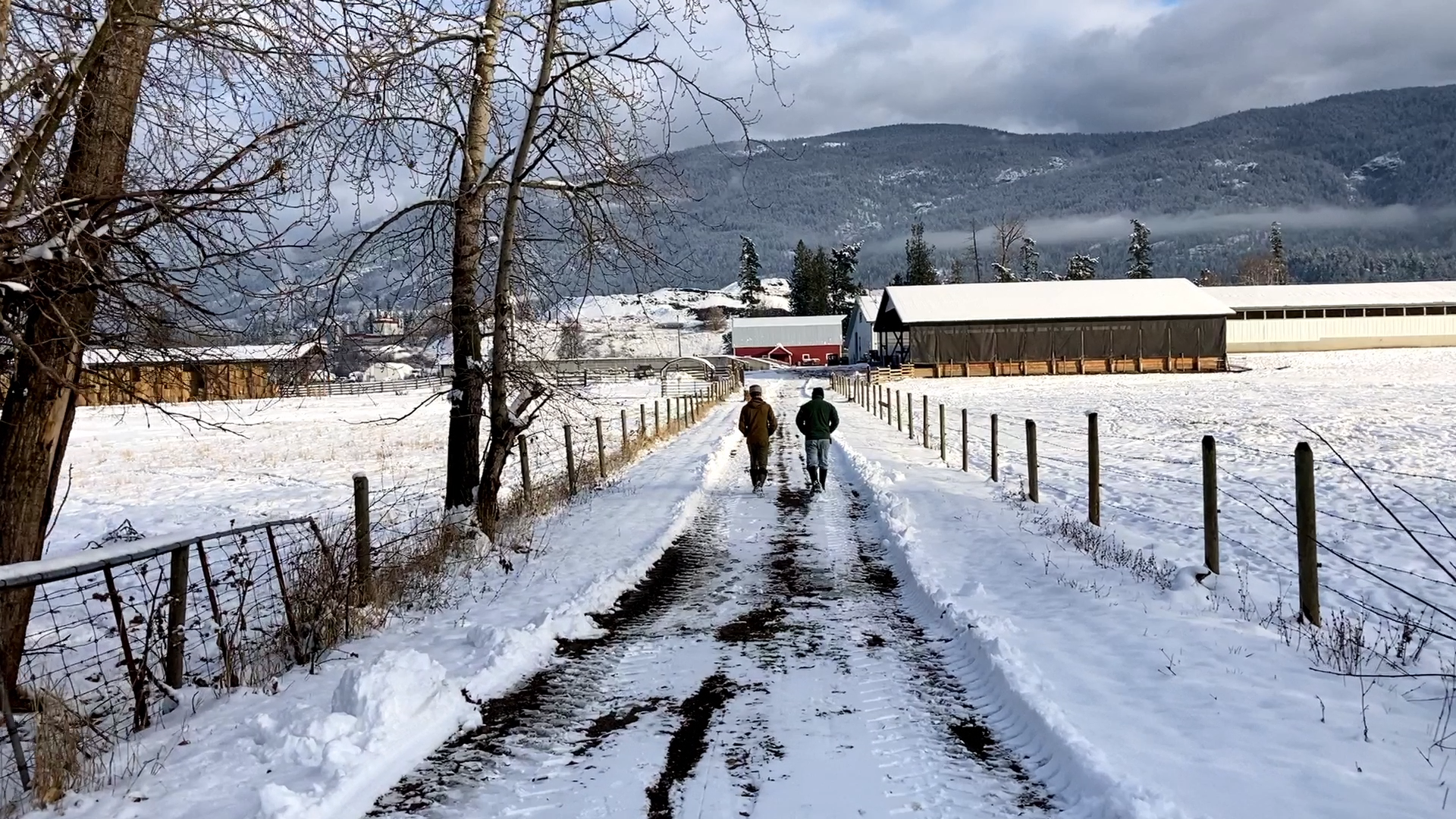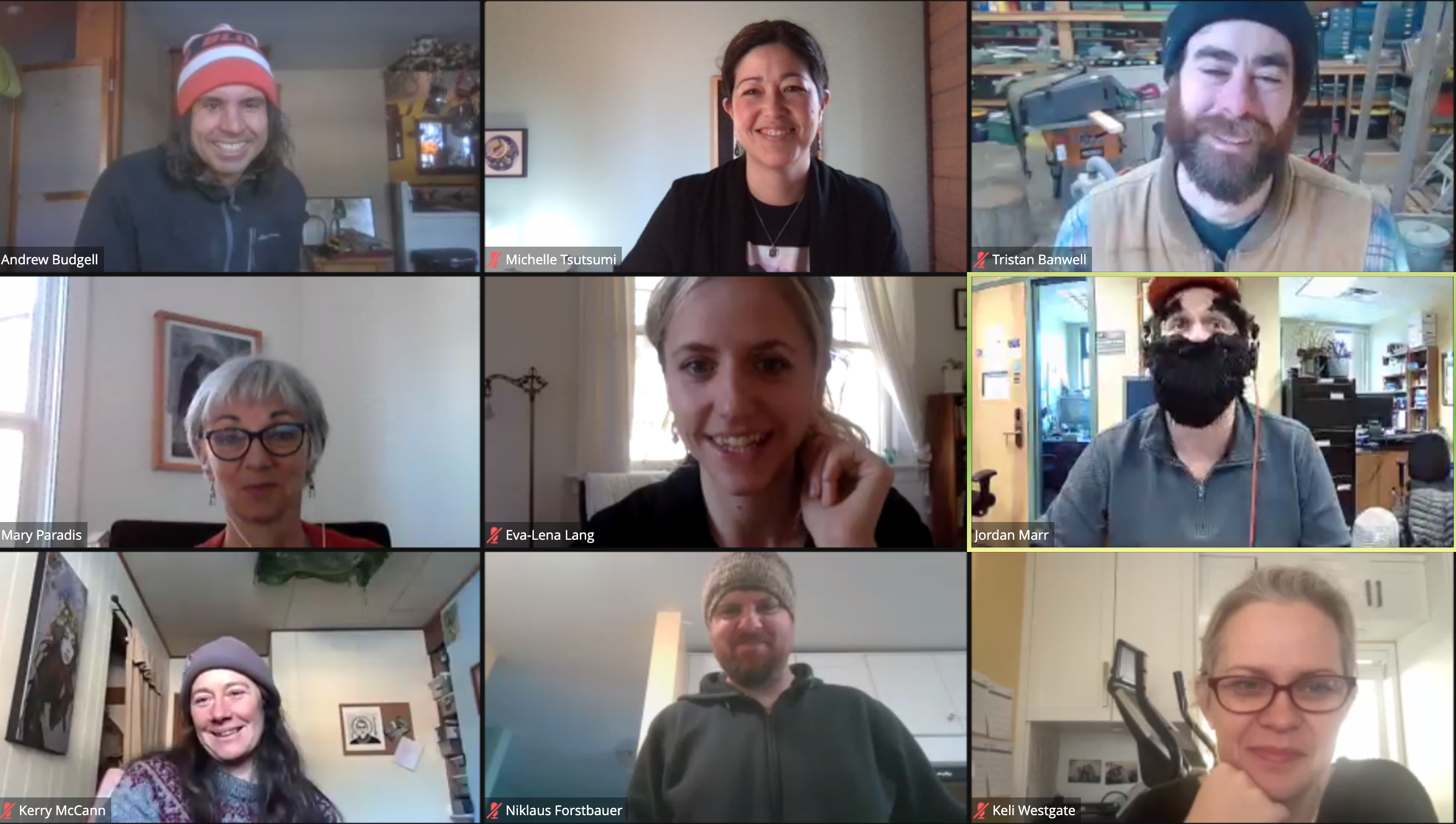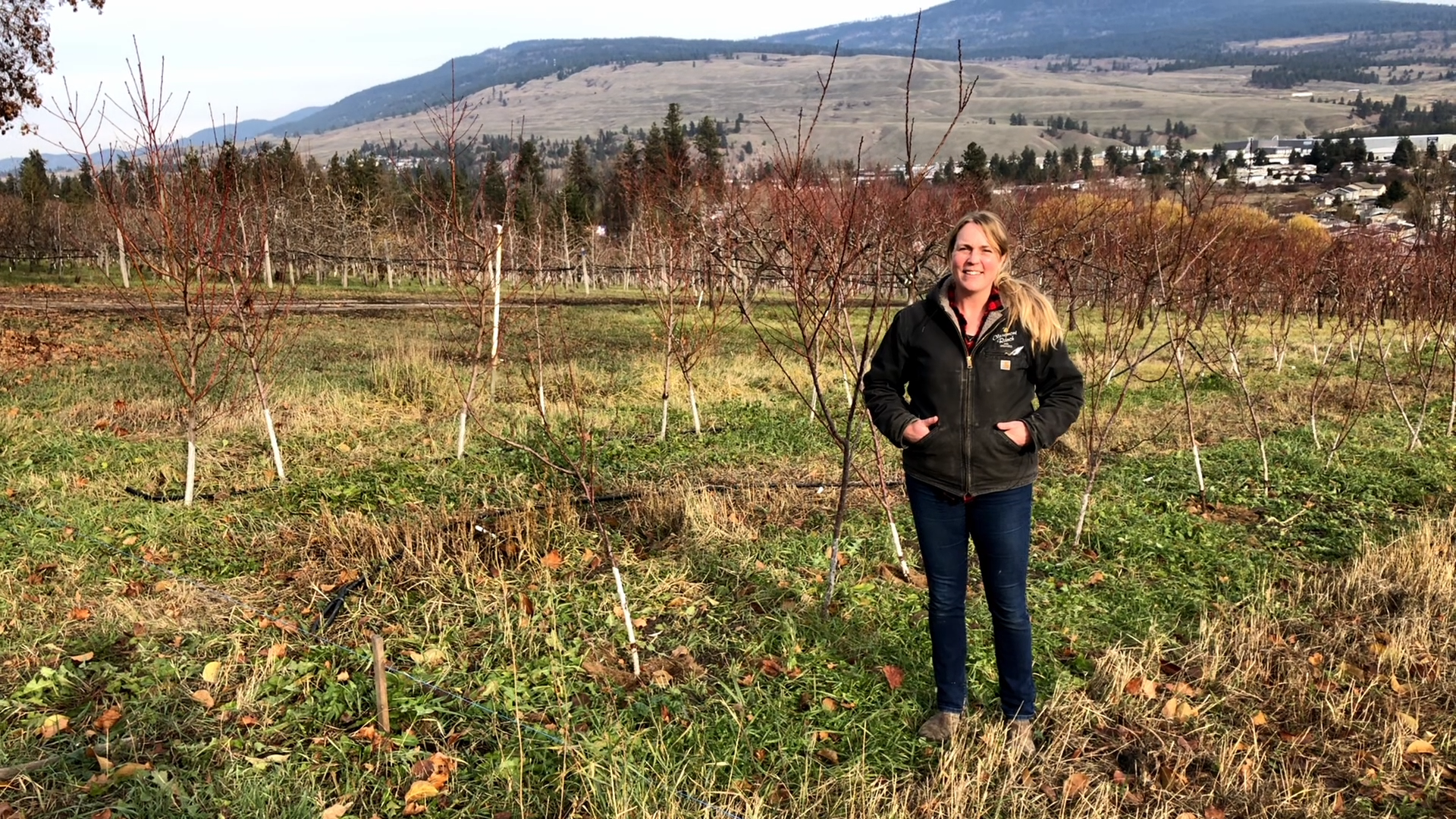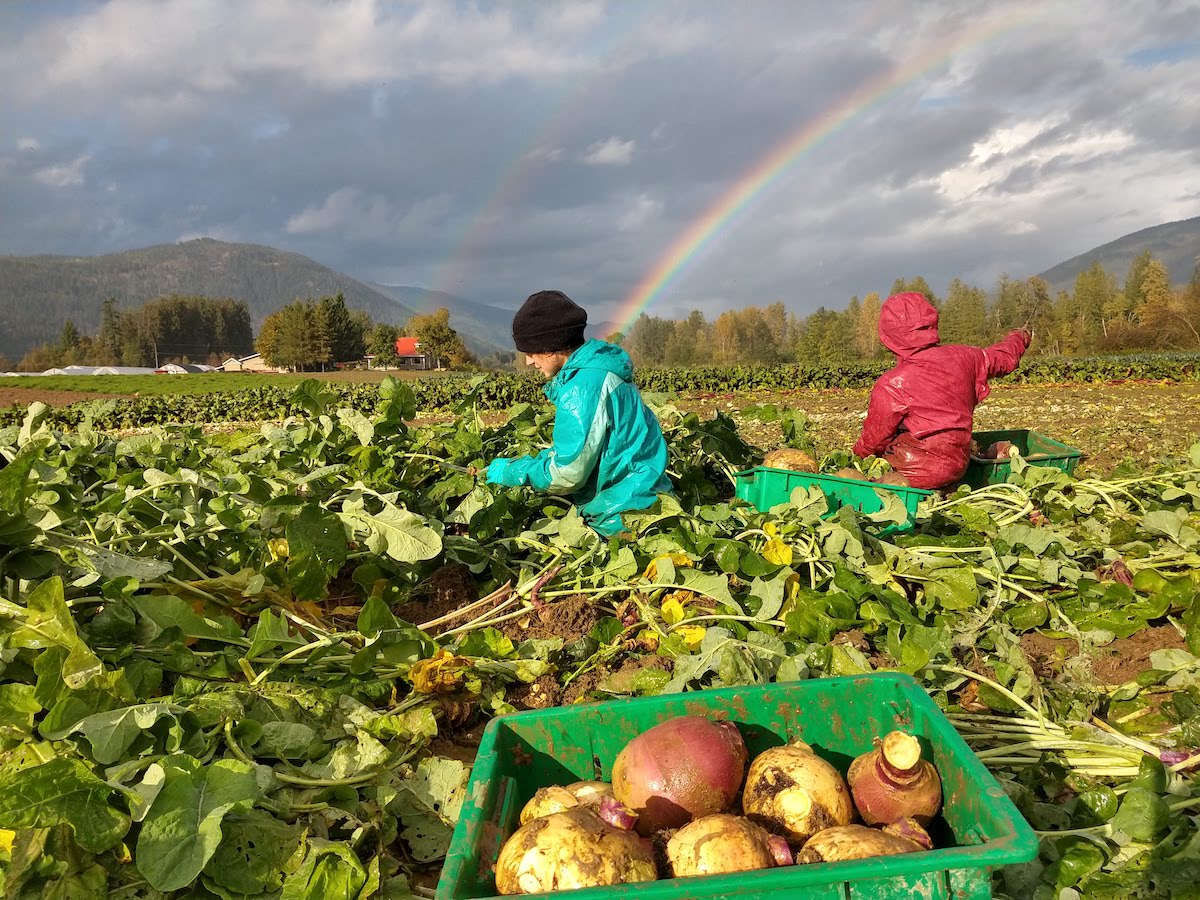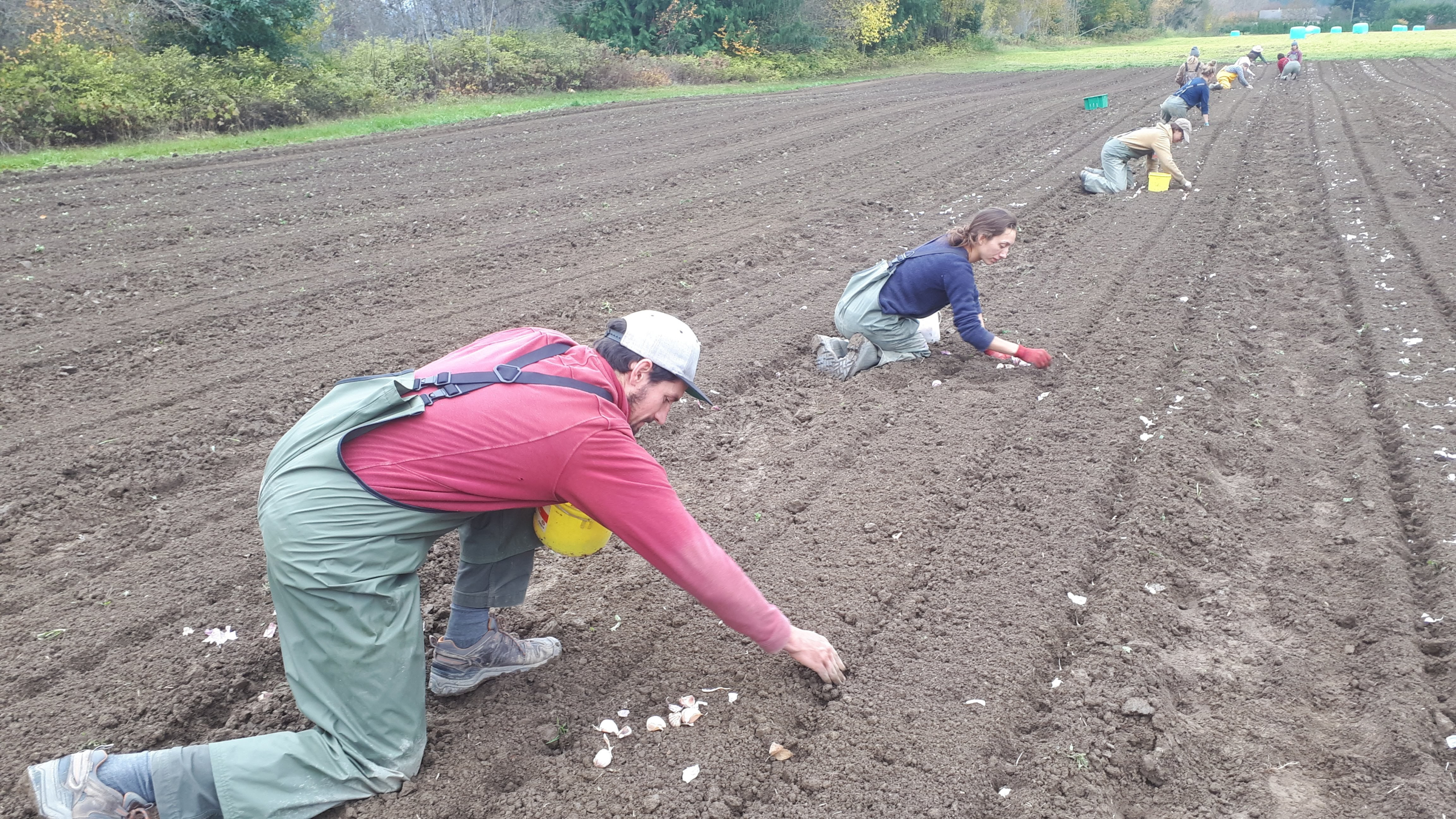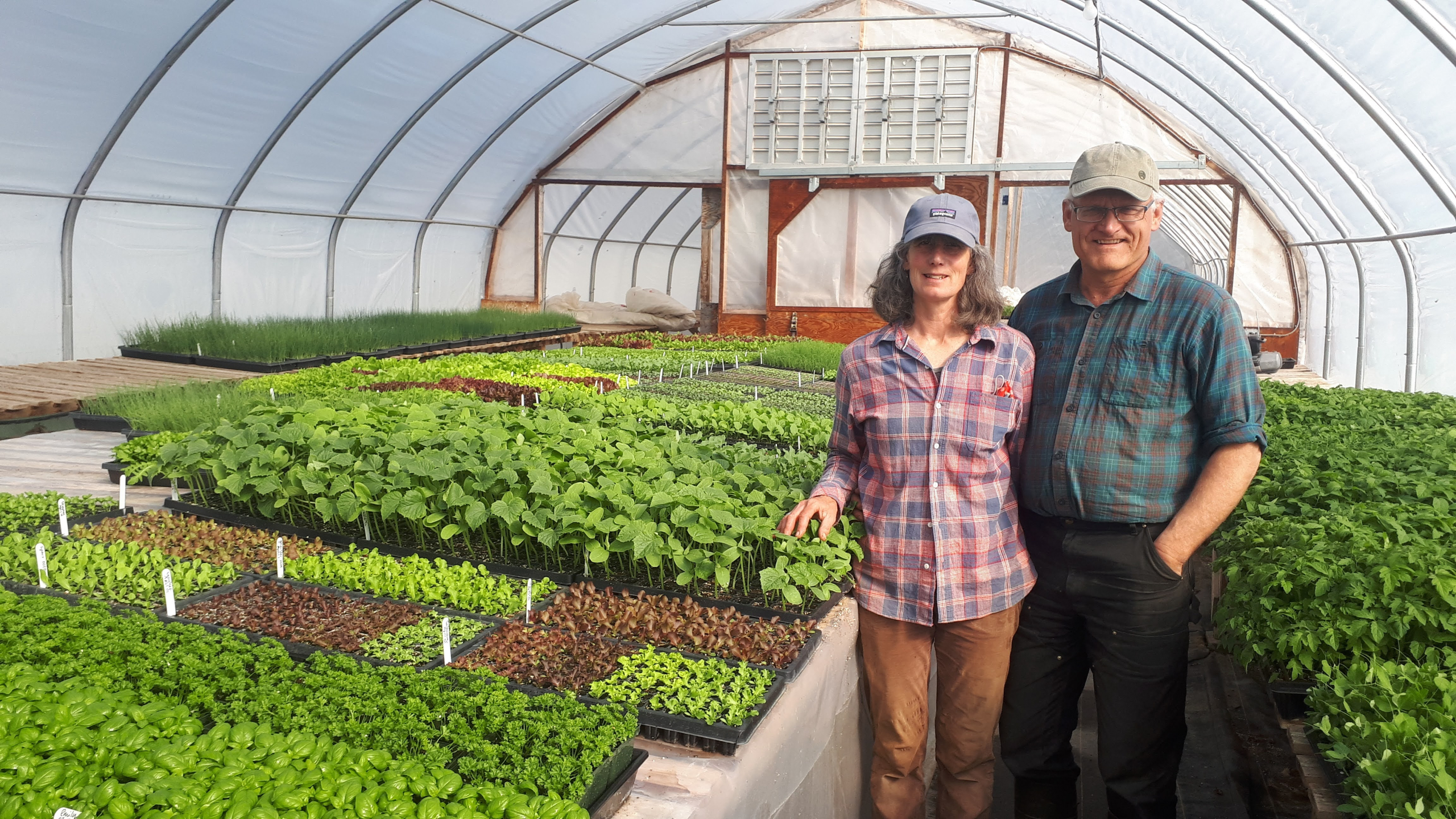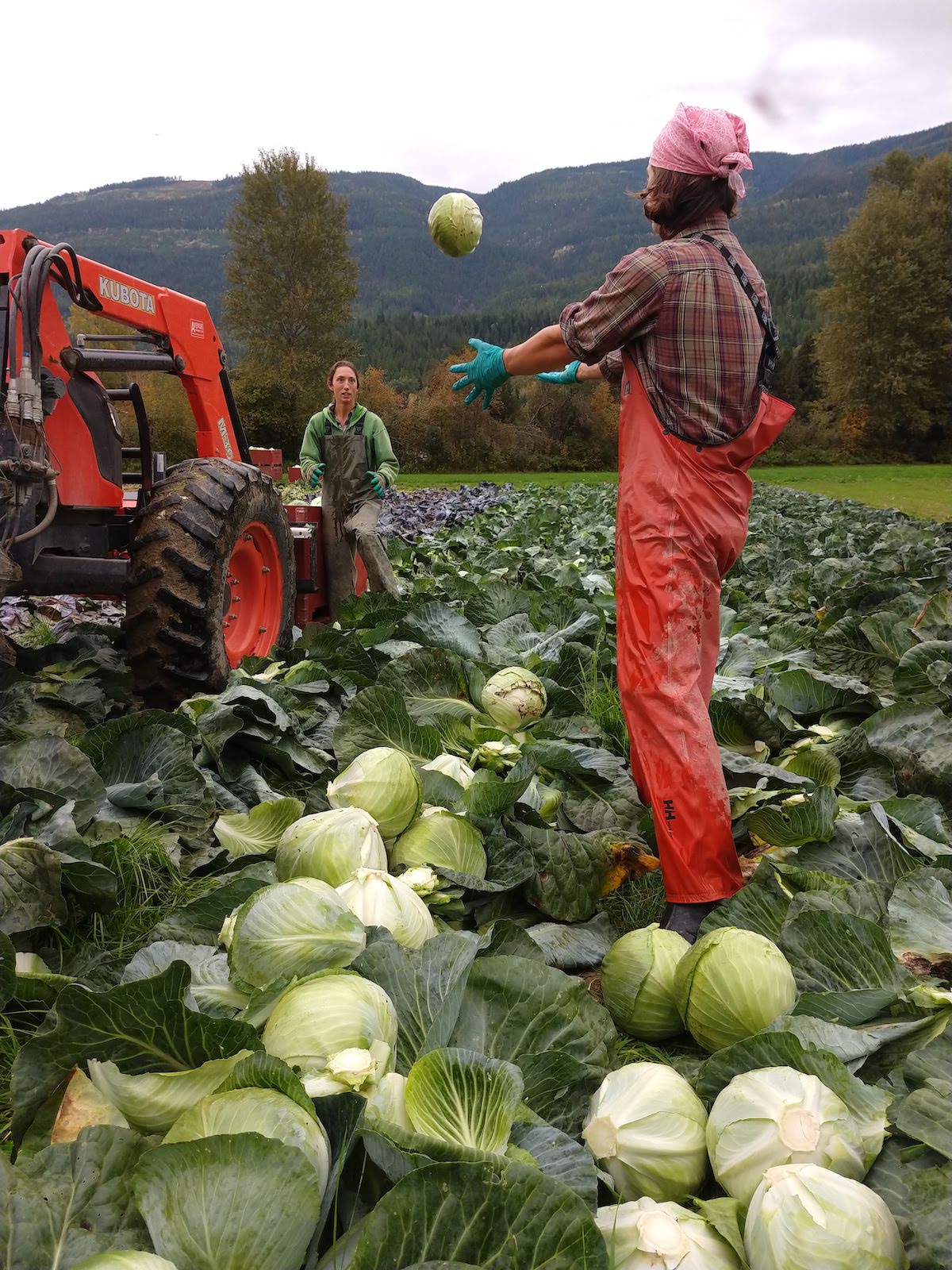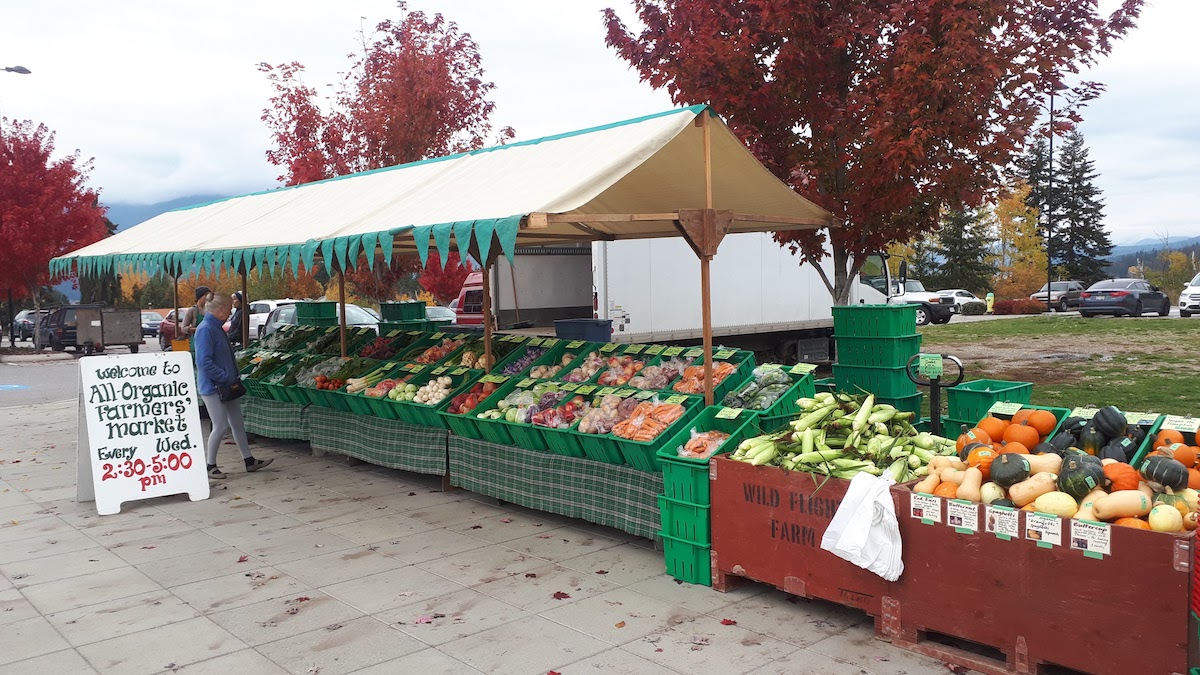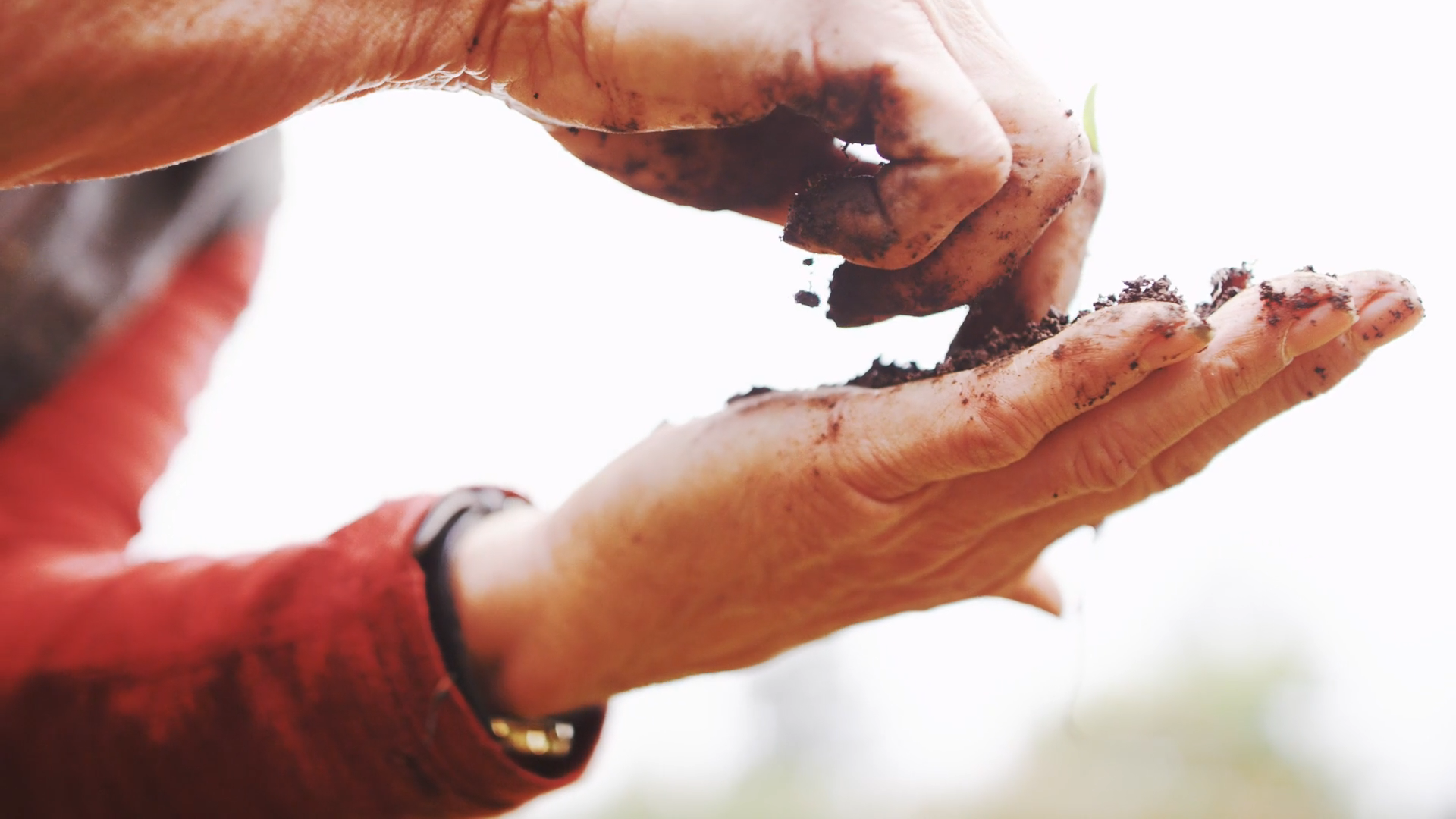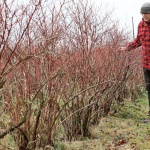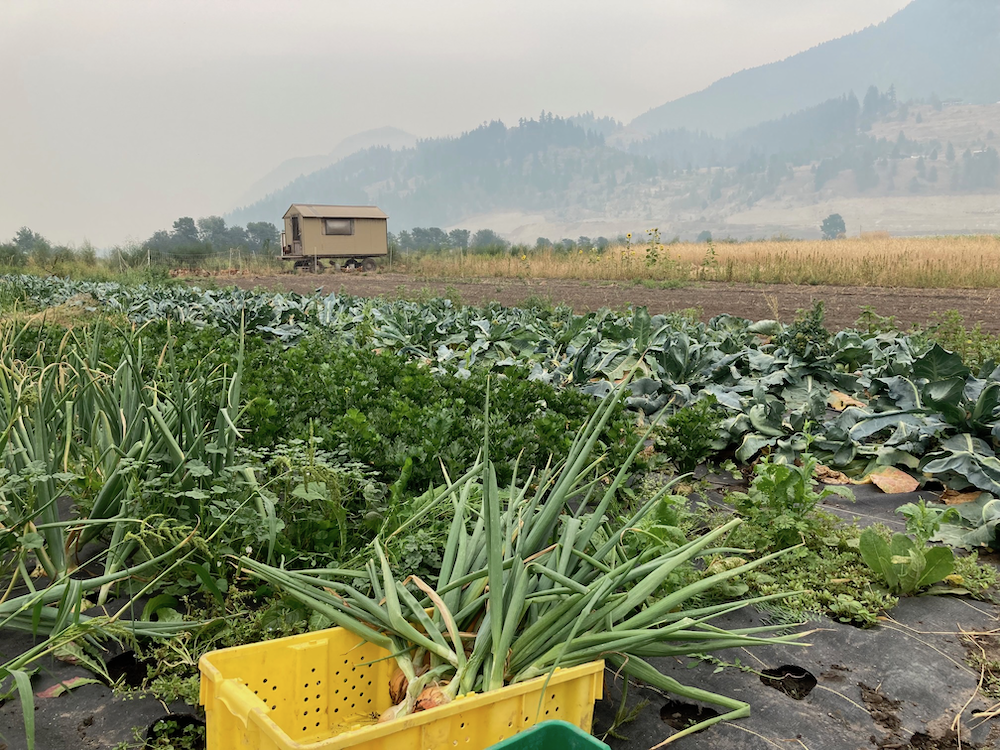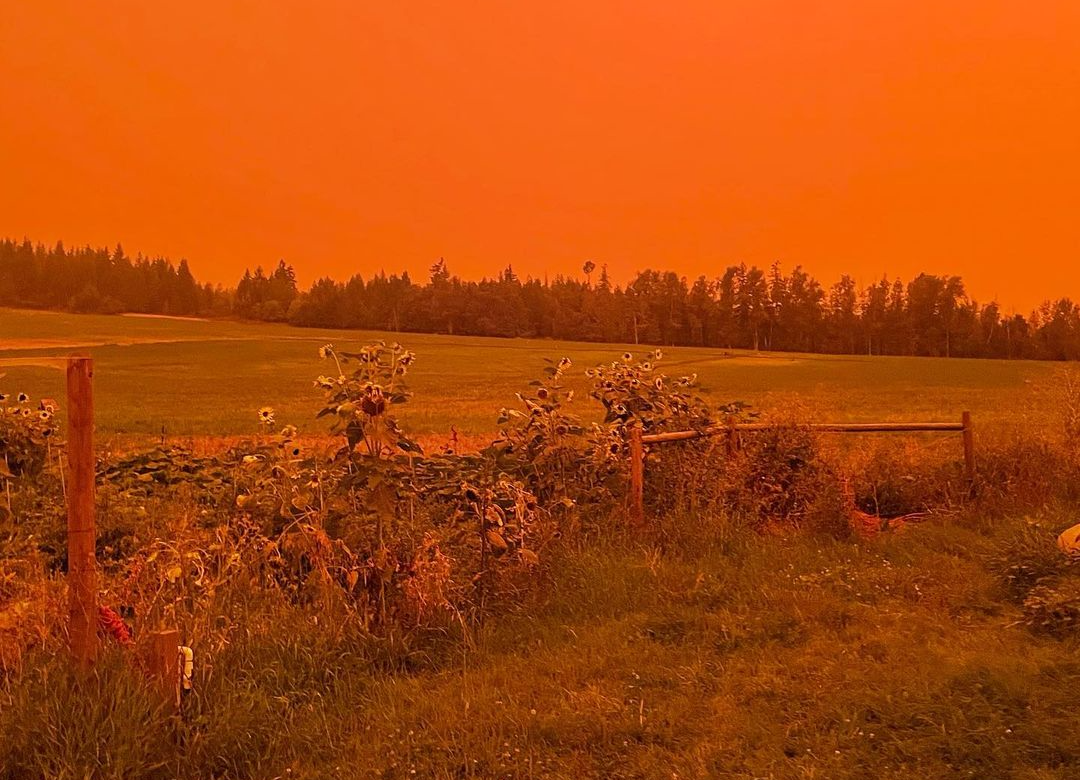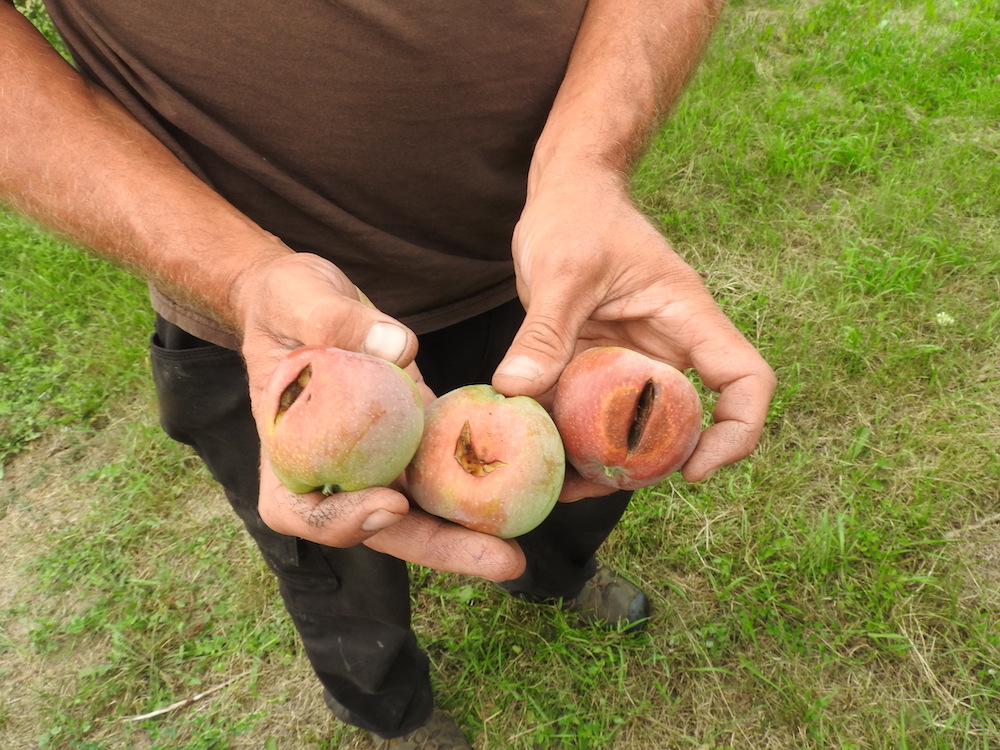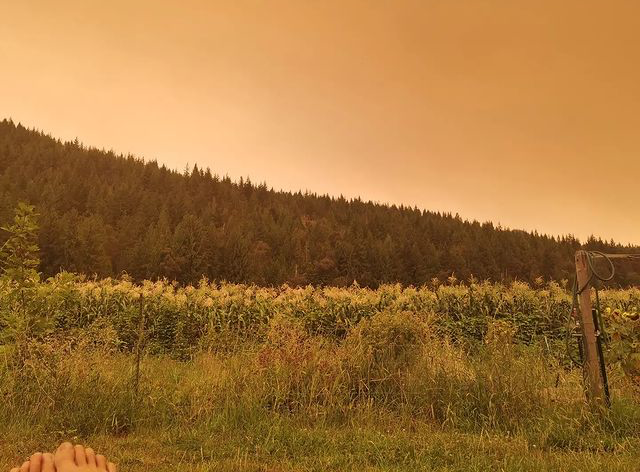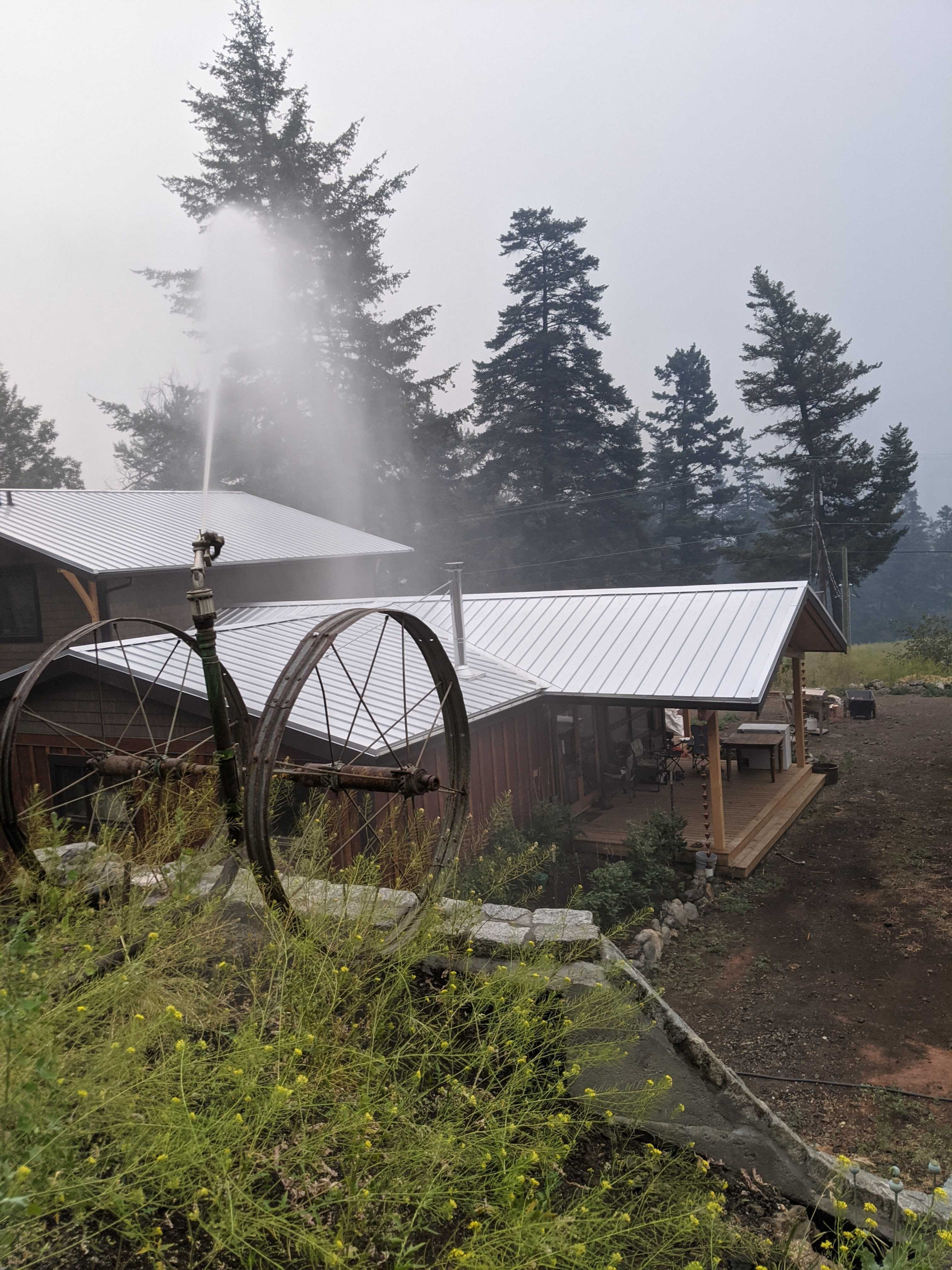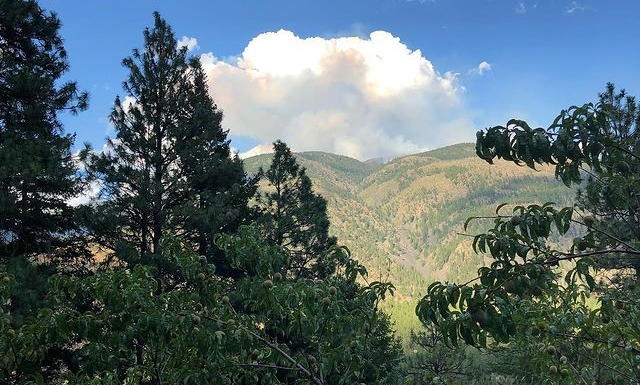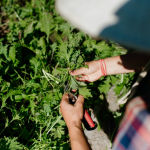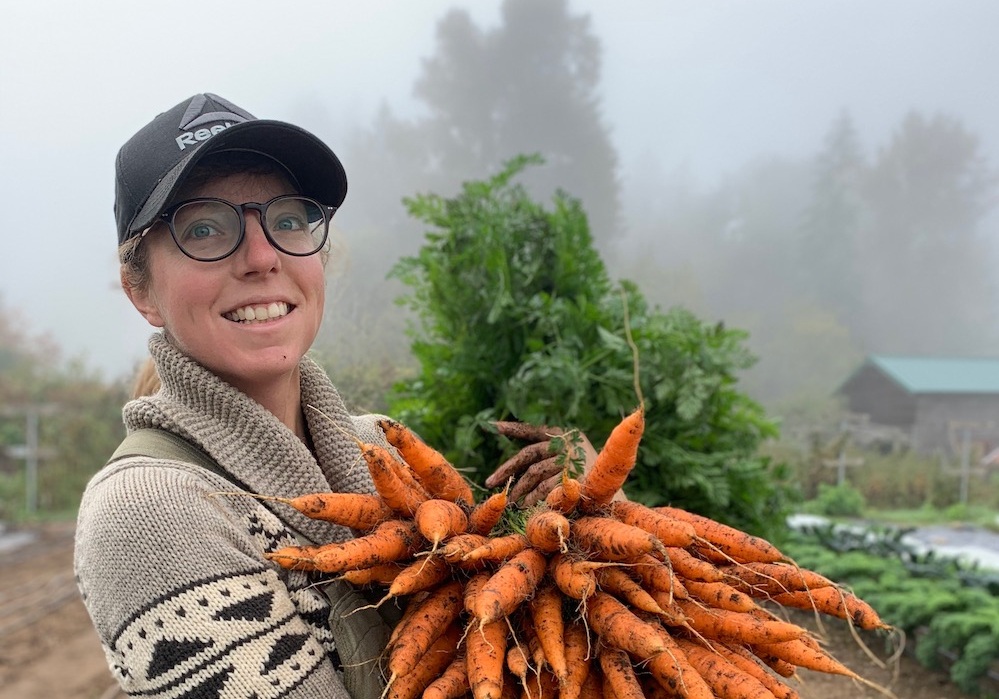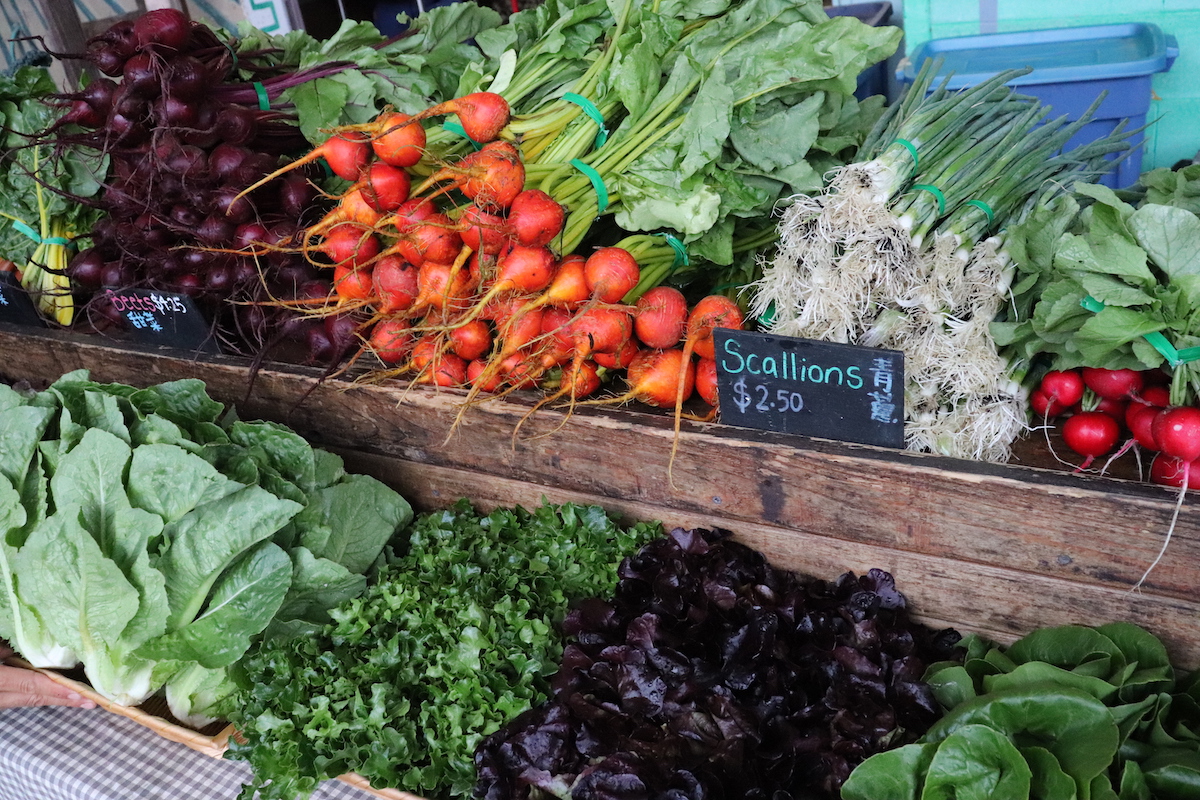Biodynamic Farm Story: (Still) Waiting for Spring
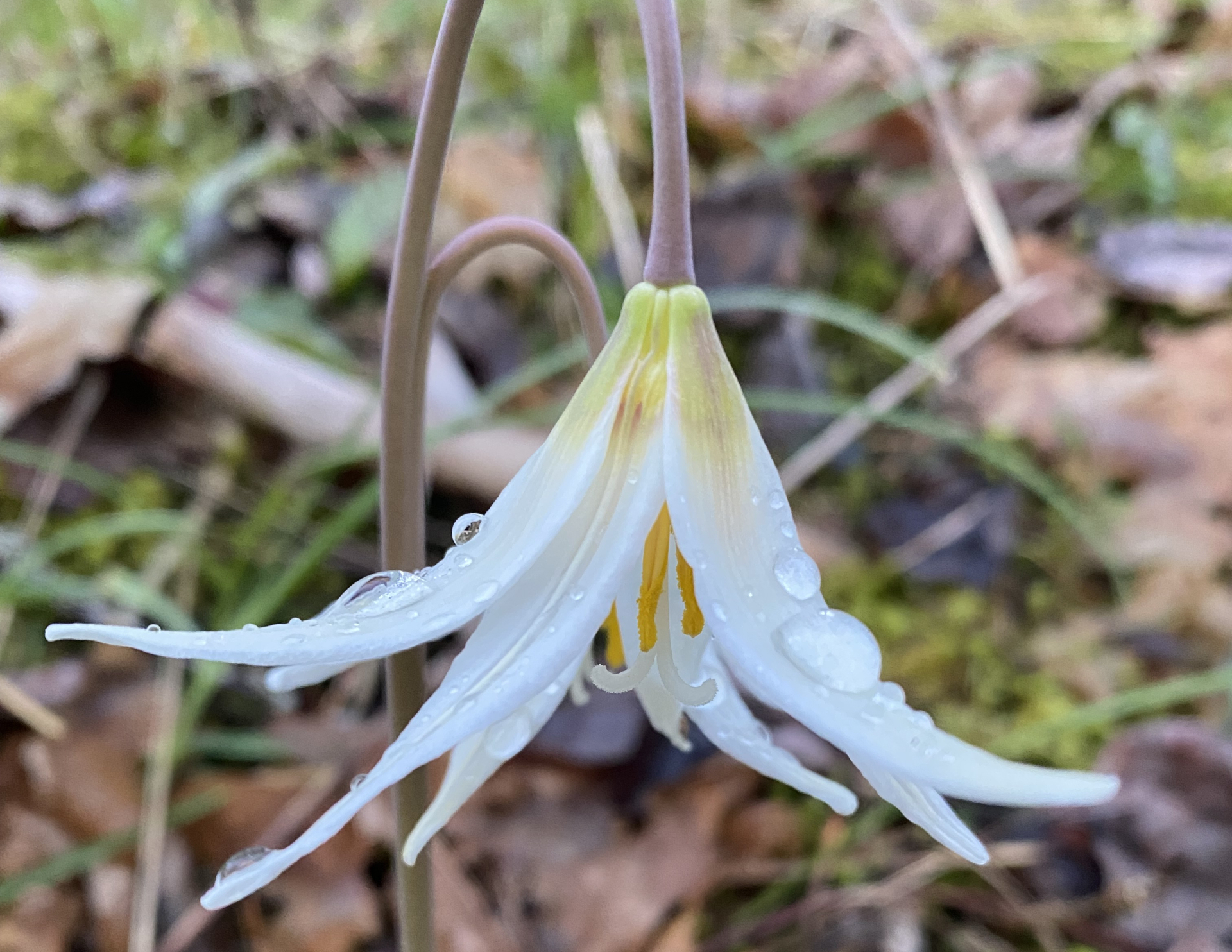
Anna Helmer
I have found it too cold to even consider applying Biodynamic Preparations so far this year. There’s no rule about it being too cold—it’s just a feeling I have. A shivery one. Instead, I have been contenting myself Biodynamically with further fiddling in our forested areas. The idea is to open things up so that there is a little more airflow. It’s hugely symbolic work, although there is an argument to be made around reducing flammable brush. Optional Biodynamic forestry work will be dropped in a hot minute as soon as the fields are dry enough for cultivating and planting.
I am sure that will be any day. Usually by now the potatoes are all in, but not this year. Today we started with some tentative cultivating—just enough to mix the cover crop into the very top layer of clammy soil. Of course, now it is pouring rain so back to square one. This is unheard-of lateness. Theoretically, everything will catch up. I’ve also been reading, and just finished, Finding the Mother Tree by Suzanne Simard. In it, the author describes a lifetime of study that began with the realization that a forest is more than sum of its parts. It culminates in a deep scientific understanding of the complexity of connection and symbiosis that must be established to allow re-planted forests to thrive.
Obviously, these conclusions have been drawn before. In agriculture, Rudolph Steiner and his Biodynamic lectures are the case in point. He died before fleshing out his arguments to the same extent, unfortunately. They follow a similar theme: when you are trying to grow things in nature, you had better consider nature.
When I wasn’t busy being enthralled by her narrative and picking up interesting little forestry tidbits (did you know that birch mulch tastes sweet?), I was busy being despairing. All these things matter so much. And yet.
I fear the weather this spring is causing me to get in touch with my inner pessimist, and lately, it has unfortunately been coupled with a holier-than-thou mindset. This charming self-righteousness stems from the high price of fertilizer and the fact that we don’t use it. Just cover crops and the power of the universe here.
My moodiness won’t settle in for long because there is exactly zero basis for superiority, and I am sure the next fuel bill will provide an effective attitude adjustment lever. We are not at all a proper Biodynamic Farm—one that provides everything needed from within the farm. Those farmers may legitimately gloat. I, meanwhile, am a farmer with virtually no cash crop in the ground in May. I should have no trouble feeling humble.
There. Humbled. Moving on.
My big excitement today was realizing that I have a lot of juicy potato sprouts to add to my compost. This is the upside of waiting so long to get planting—the potatoes have sprouted and they get knocked off when we run them over the sorting table. They are accumulating quickly and making a solid layer on the compost pile. I don’t know what sort of a compost feed stock they will be, but it’s what I got.
Tomorrow, my favourite spring job: cutting seed potatoes. I am hoping for company. It’s an excellent talking task, and the very epitome of many hands making light work. This year, we’ll huddle under cover as the wintery spring deluges pass though the valley. In the sunny breaks, we’ll admire the fresh snow on the mountains.
The bad mood will be gone.
Anna Helmer farms in the Pemberton Valley and discovered there’s morels under the Cottonwoods. helmersorganic.com
Feature Image: Fawn Lily. Credit: Dean Diamond


